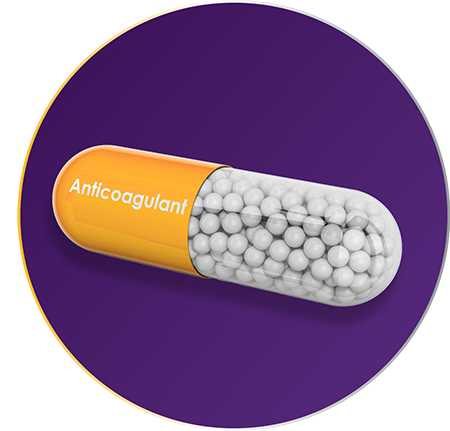Important Notice
This Inari Medical website and all product offerings listed are tailored for the United States only. Please be aware that product availability and regulatory claims may vary in other regions we serve, including Europe, the Middle East, and Africa (EMEA), Asia-Pacific (APAC), and Latin America/Canada. Inari Medical is currently developing separate websites for our products tailored to these other global and regional markets.






